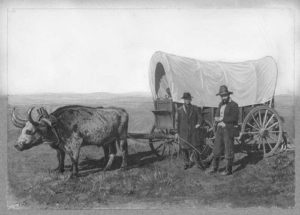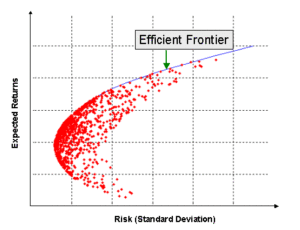In the world of television, you have new shows, and you have reruns. Prime Time (8:00 to 11:00 PM) on the big 4 networks is reserved for new shows. (Often, the networks re-run their new shows during Prime Time, but that is beside the point.) New shows are original content. Increasingly, some of the best original content is coming not from the big 4 networks, but from other sources such as HBO, Netflix, and even all-cable networks such as Fx. For the big 4 networks, Prime Time often now means Reality TV, which is a whole another topic.
Emmy Awards
The Emmys are awarded to new shows. New, original content is the advancement of art, literature, and civilization itself. They are the cutting edge. Last night’s shows are the next day’s water cooler discussion at work. They are the growth of popular culture in the United States. Through an antenna, and unless you live way out in the boonies, the big 4 networks are still broadcast free of charge. What a deal!
Economics
Networks take a big financial risk when they agree to fund new shows because no one knows whether the show will be a success or not. No one knows if people will watch the show, which in turn will attract more advertisers. New shows cost a lot to produce. HBO’s “Game of Thrones” was a huge risk – it was a very expensive show with an unknown appeal. Medieval clan battles? Would that play in the 21st Century? Turned out that it did – big time. But, for every “Game of Thrones”, there is a flop. Network execs hope that there are way more successes than there are flops. That’s how networks make money, and how network execs stay employed. Using investing language, new shows are High Beta – they can be highly volatile, hit or miss, and we don’t know at the outset which it will be. Successful shows are extended, while flops are axed. The networks don’t throw good money after bad.
Reruns
Reruns, on the other hand, are the milieu of independent, non-big 4 stations and cable networks. Reruns are syndicated and sold to individual stations or cable networks by the studios that produced the shows and own their rights. Mostly, only shows that were successful during their original airings are subsequently syndicated and rerun. You don’t see flops rerun. To the stations and networks that air them, reruns offer a known quality, less risk, low Beta, comfort. No Emmys are awarded to reruns, but the stations that air them know they will make money from showing these reruns. Reruns are a known formula that has been proven to work over time.
Investing
What does all of this have to do with investing? A great deal, if you think about it. There are new strategies for investing, and there are proven strategies, such as index investing. Index investing is the equivalent of the “Seinfeld” rerun: It is not new, but you know it works, and while it could make you wealthy, it isn’t going to make you Forbes 400 rich. None of the Forbes 400 wealthiest people got there by index investing. They all got there by creating something original and then betting everything on it.
Individual Stocks vs. Funds
Another way to look at it is that investing in individual stocks is like new shows while investing in funds is like reruns. I mean like, not equivalent to. When you invest in an individual stock, you may have huge upside, but your outcome is very uncertain, and you have a lot of downside. As you invest in more individual stocks, you add to your diversity, and you lower your individual company risk. With fund investing, your upside is more limited, but so is your downside, and your outcome is more predictable because you are diversified. You are even more diversified if you invest in multiple funds across multiple asset classes. By investing in multiple funds, you are acting like the head of your favorite independent TV station: Using proven content to produce a profit.
IMO
Most people who work for a living in jobs not associated with the investment industry are probably better off going with the rerun formula. The fear of losing your hard-earned money is greater than the appeal of striking it rich. Put the bulk of your savings into funds, diversify your holdings among different asset classes, and then take a small portion that you are willing to lose as your “fun money”, and invest that in individual stocks. The rerun strategy will allow you to sleep at night.





